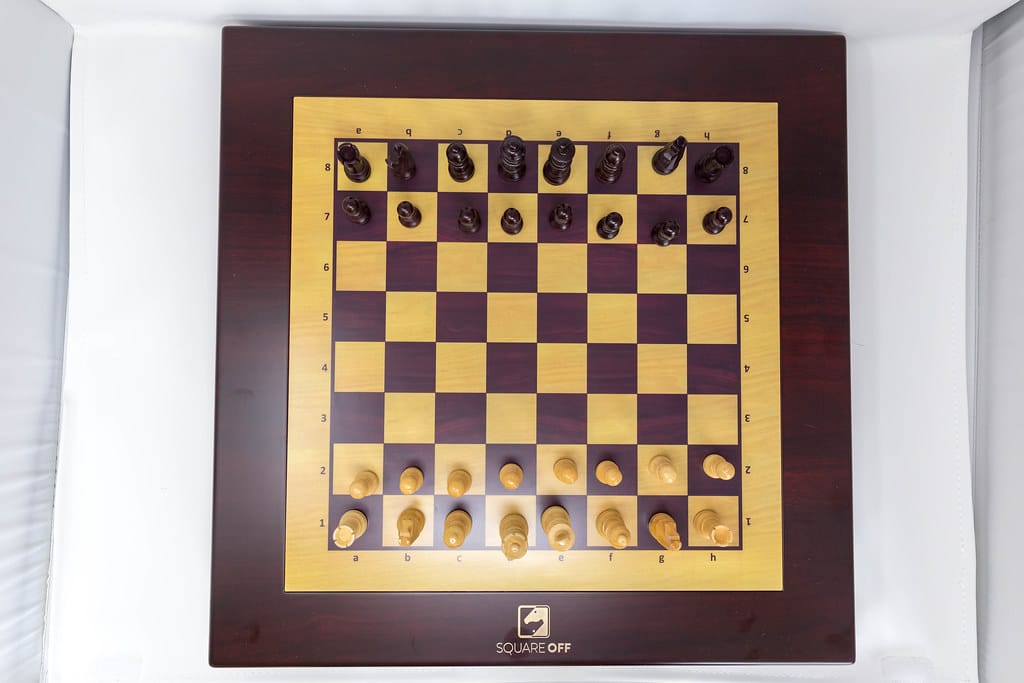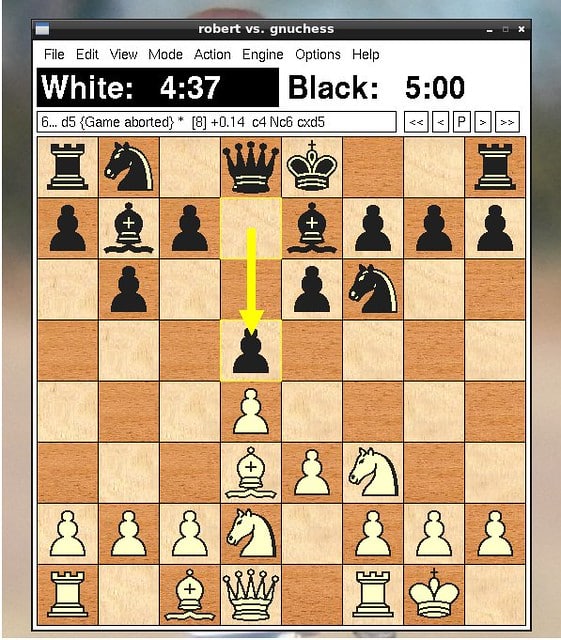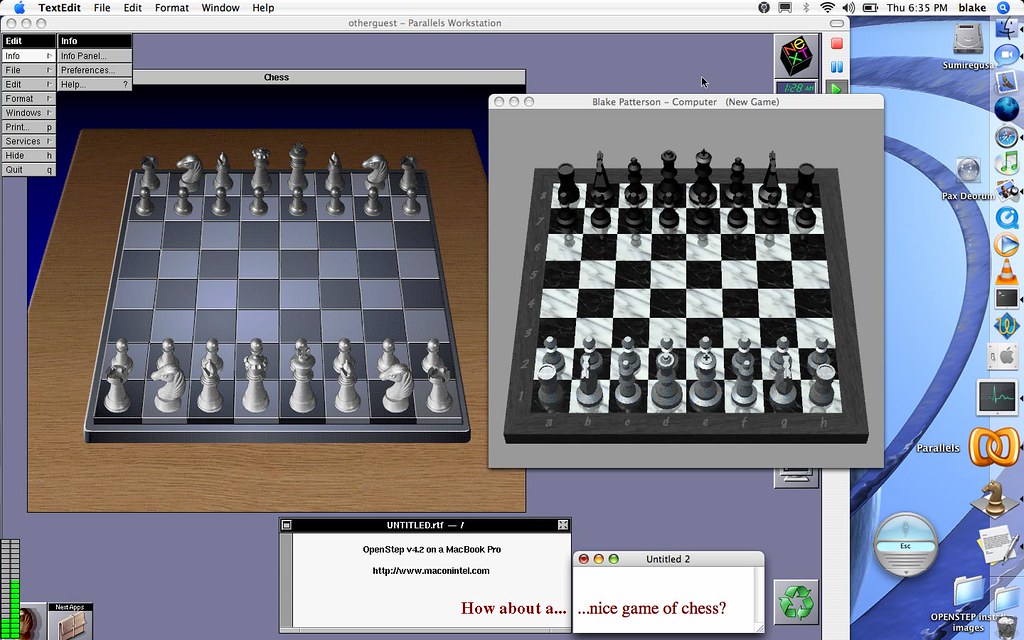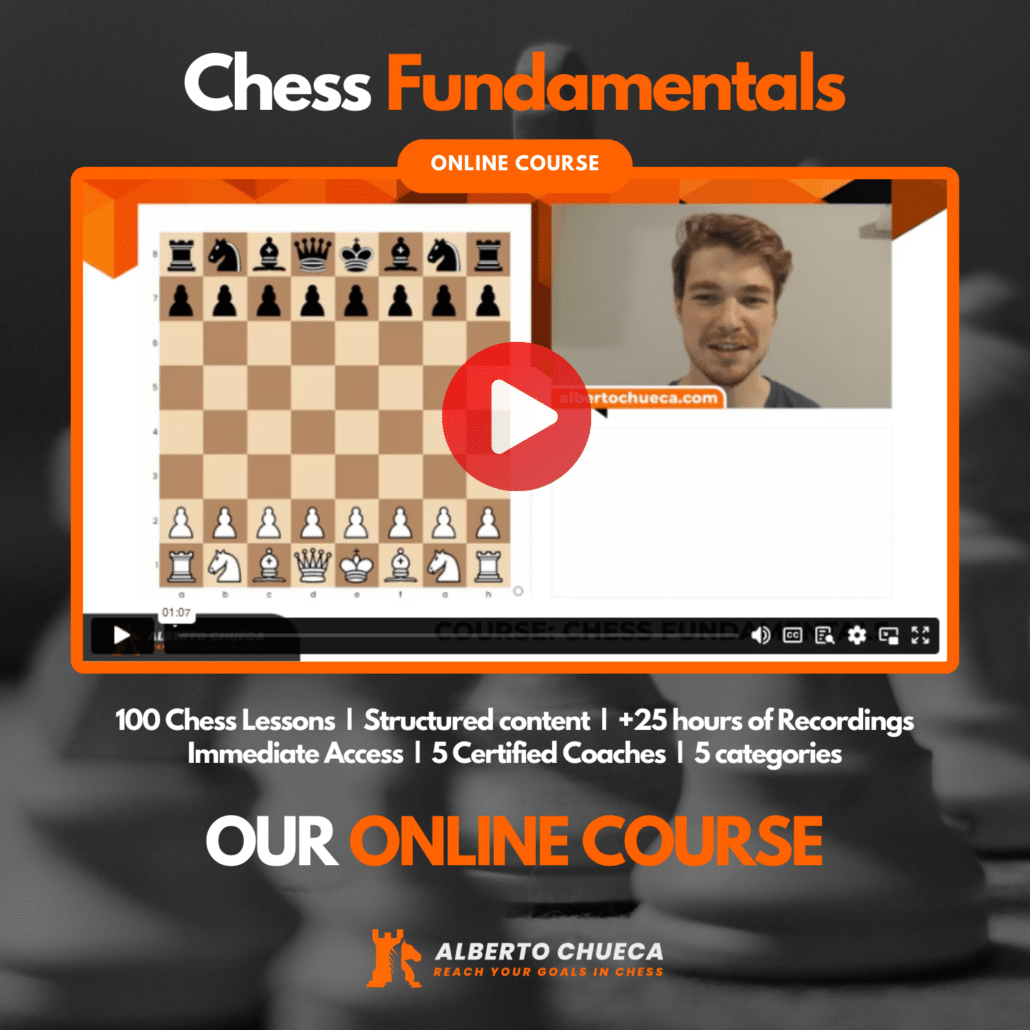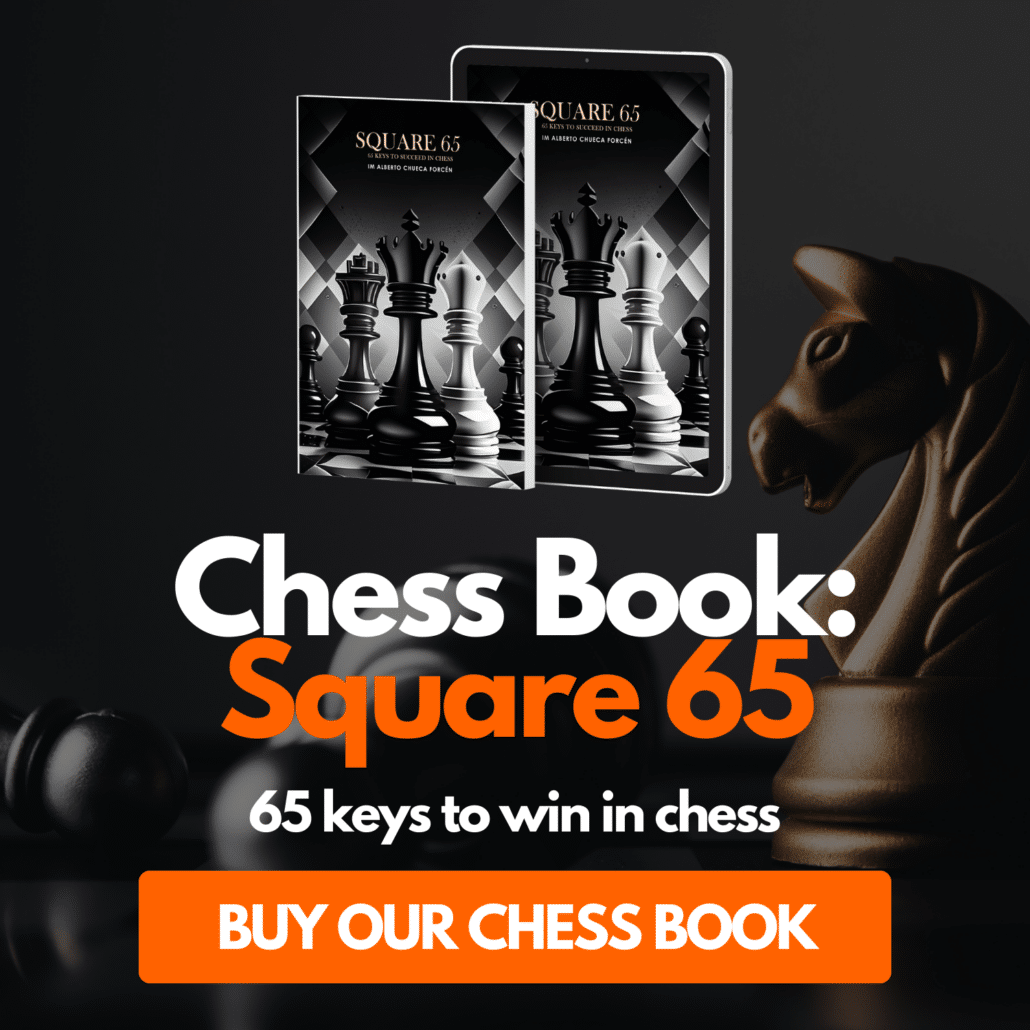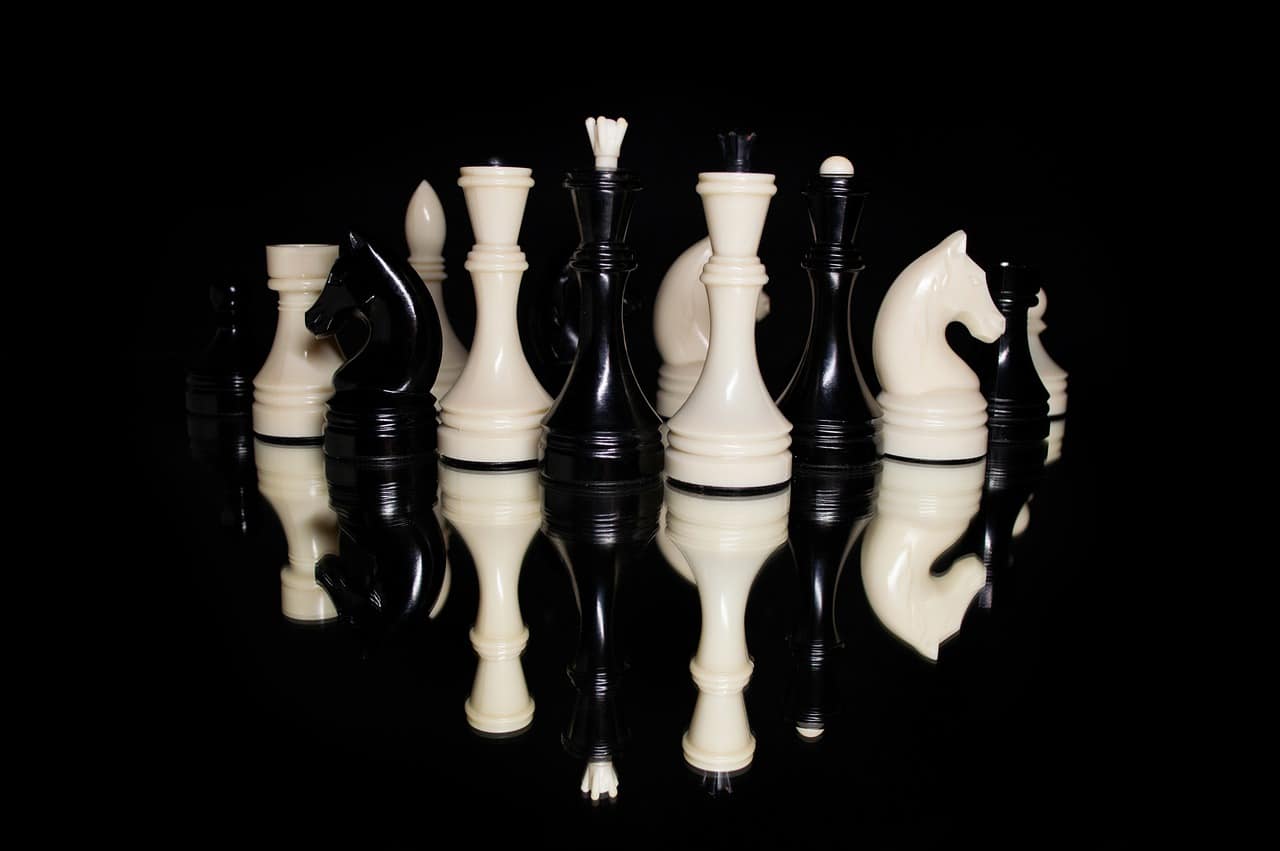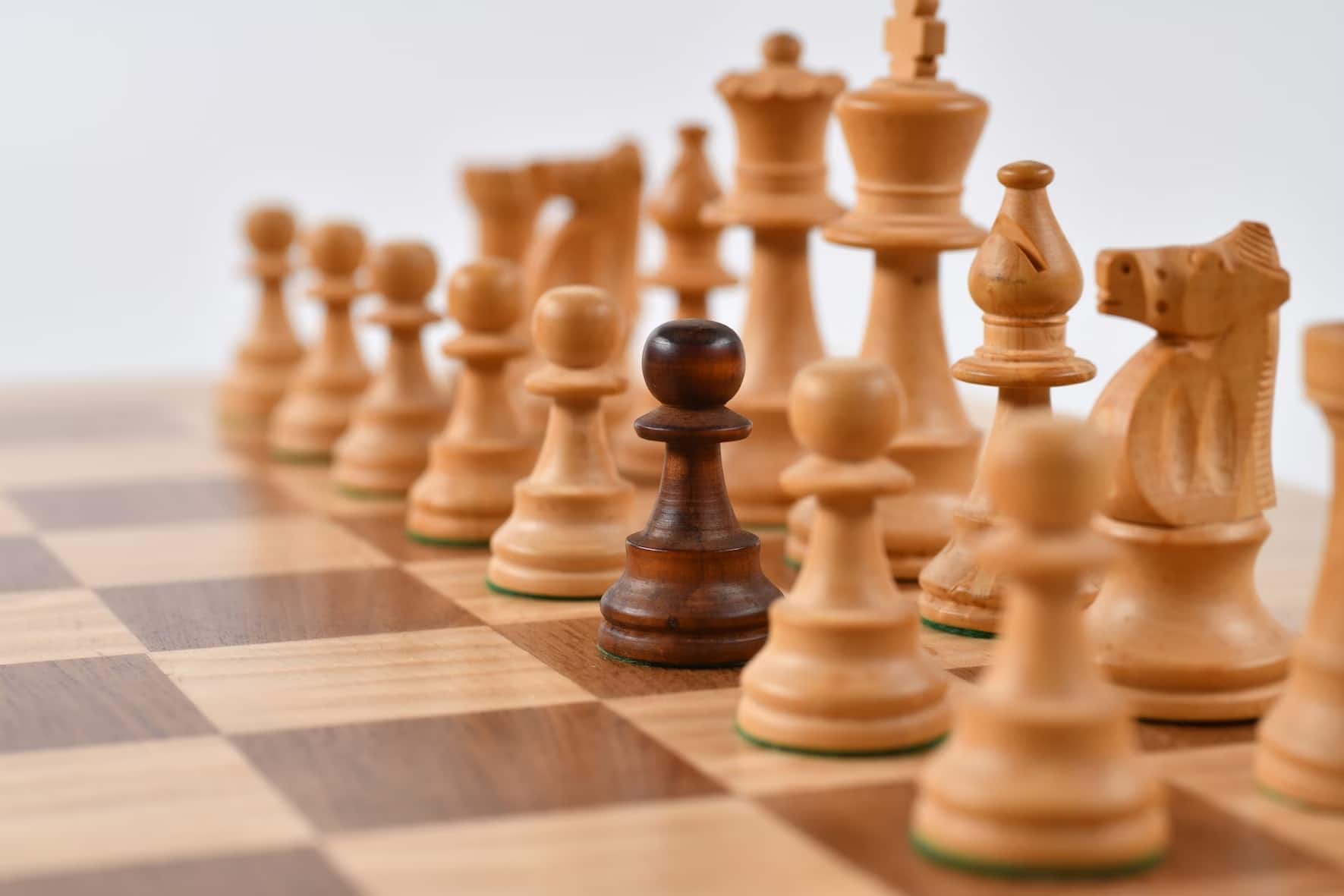Chess is a board game that dates back centuries. It is a game of strategy and tactics, where two players compete against each other. With the advent of computers, chess computers have become increasingly popular. They are a great way for players to improve their skills and enjoy the game in a new way.
Chess computers offer a variety of features:
- Different difficulty levels
- Realistic visuals
- Analysis tools
- Multiplayer options
In this article, we will explore the different types of chess computers available, their features, and how to choose the right one for you.
Chess computers are specialized computing devices designed to play the game of chess. They are distinct from calculators, which are designed for general-purpose computation. Modern chess computers use a combination of artificial intelligence and dedicated hardware to play the game.
Many chess computers are equipped with a display and a chess clock, allowing them to participate in tournaments. Some models are even compatible with personal computers, allowing for remote play or analysis.
Chess computers can be used to analyze and improve one's own game, and can even provide tactical advice to a beginner. They also offer a great way to practice and hone one's skills, as they can be programmed to play at many different levels.
Table of Contents
What is the best chess computer?
Chess computers are electronic machines that are designed to play chess. They are excellent resources for chess players of all levels. The best chess computer is one that is able to challenge the user, providing a wide range of difficulty levels and allowing for customization of settings.
The best chess computers also have powerful processors and lots of memory, allowing them to analyze complex positions and anticipate several moves in advance. They should also have a large library of openings, endgame databases, and openings. Additionally, the best chess computers have multiple levels of difficulty and adjustable time controls.
The best chess computers also have an attractive appearance, with an intuitive and easy-to-use interface. They should be able to connect to the Internet, enabling users to play against opponents or to access online databases.
The best chess computers also come with user-friendly software that allows for easy game analysis, as well as the ability to save and print game records. Finally, the best chess computers come with excellent customer support, so users can get help if they encounter any problems.
In summary, the best chess computers offer excellent performance, customizable settings, powerful processors, large libraries, multiple difficulty levels, attractive design, intuitive interface, Internet connectivity, user-friendly software, and customer support.
Are computers still better at chess?
Computer have been playing chess since the late 1950s, and they have been considered to be better than human players for some time. There are a few factors that determine whether computers are better at chess, including the complexity of the game, the size of the board, and the number of possible moves.
Computers can analyze large amounts of data quickly and accurately, whereas humans can only do so on a limited basis. Computers are also better at predicting the opponent's next move, as they can search through millions of game variations in seconds.
However, some experts believe that in the last few years, humans have become better at chess than computers. This is because computers are limited in their ability to account for human intuition, which can be a key factor in determining the best move. Computers can also tend to be overconfident in their predictions, while humans can be more cautious and conservative. Additionally, humans can be more creative in their approach to the game, while computers can only follow specific algorithms.
Overall, computers are still better at chess than humans in most cases, but humans have been making progress in recent years. The debate as to which is better will likely continue as technology advances and new strategies are developed.
What is the 20 40 40 rule in chess?
The 20 40 40 rule in chess is a rule of thumb that recommends a chess player to spend 20% of the time on opening moves, 40% on the midgame and 40% on the endgame. This rule is based on the idea that the beginning of a chess game is the most important part, followed by the middle and then the end game. It is believed that a player should focus most of their efforts on the opening moves and use the midgame and endgame to fine-tune their strategy.
The rule is widely used by beginners and experienced players alike, as it allows a player to focus their efforts on the most important parts of the game. This helps them to improve their overall game and make more informed decisions during the course of a match. Additionally, it also gives players an idea of how to spend their time, making it easier to plan and strategize their moves.
The 20 40 40 rule is also a useful tool for teaching chess to beginners. It helps to break down the game into manageable chunks, allowing them to focus on one area at a time and gradually build up their skills in all areas. This can help a beginner become more confident in their play, as they understand what areas require more attention.
Why are chess computers so good?
Chess computers are excellent players due to their ability to calculate millions of moves in a very short time. This is possible thanks to the combination of hardware and software. The hardware is a powerful processor that can execute commands quickly, and the software is a powerful chess engine that can analyze the board and make decisions. The combination of the two allows the computer to process huge quantities of data and make accurate decisions.
The software of a chess computer also includes an opening book, which contains a selection of the best moves in various positions, and a database of endgame positions. This allows the computer to quickly identify favorable positions and to accurately calculate the outcomes of these moves. Furthermore, the software can also adjust its playing strength and the depth of its analysis by increasing the number of moves that it can calculate.
Finally, chess computers use a technique called alpha-beta pruning, which eliminates moves that are unlikely to result in a win or draw. This allows the computer to focus on the most promising lines of play and to make the best decisions in a given position. All these features make chess computers an excellent choice for chess players who want to improve their game.
In conclusion, chess computers offer a great advantage for chess players who want to improve their game. They provide the opportunity to practice chess without the need of a partner. Moreover, they enhance tactical and strategical skills, while being fun and entertaining.
Furthermore, chess computers come in all shapes and sizes, and they can be customized to suit any budget. Finally, they are a great tool for learning the game, and they can even help to improve your rating.

